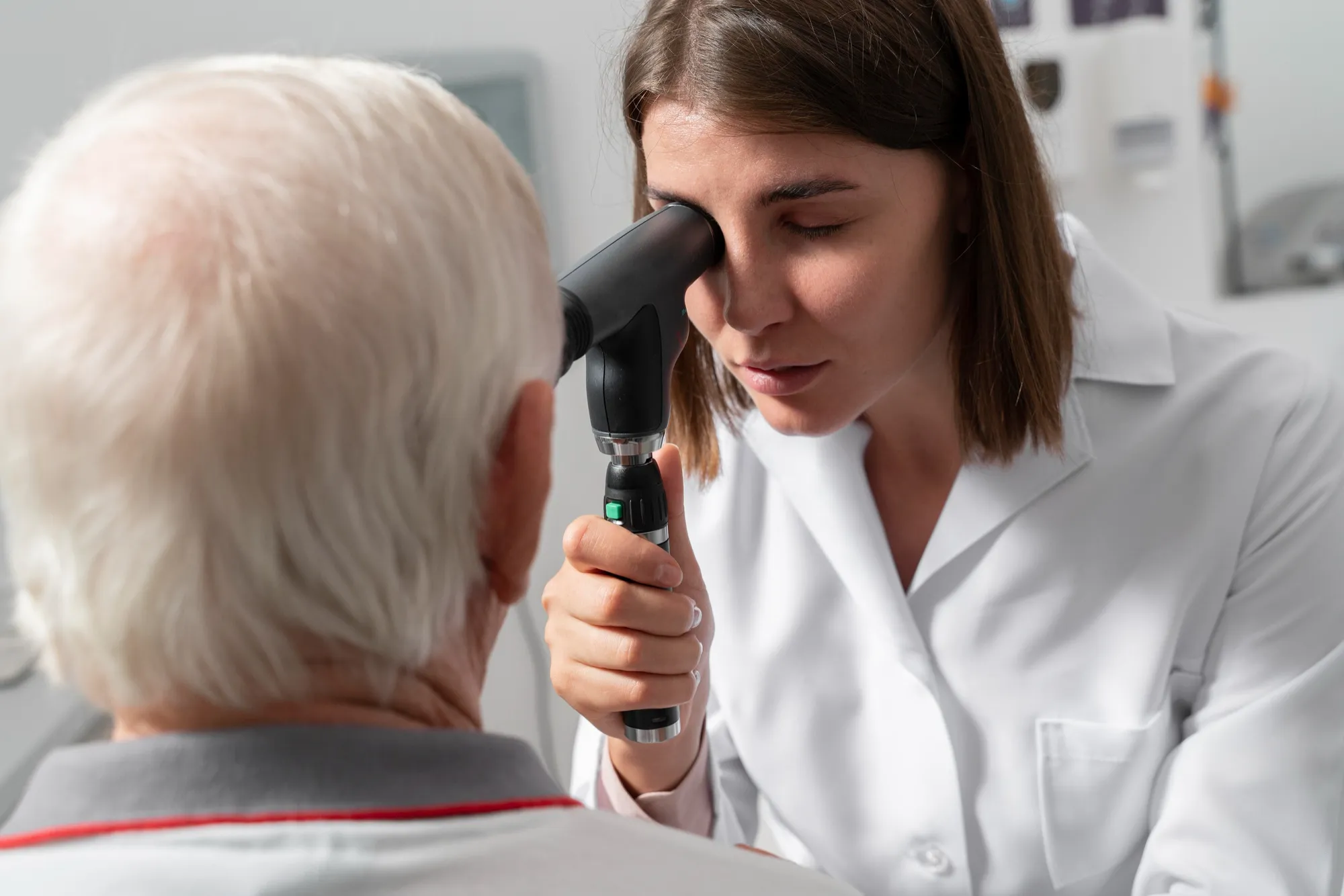A groundbreaking study published in Marine Drugs has revealed that a synthetic marine-steroid derivative, 5α-Androst-3β, 5α, 6β-triol (TRIOL), has significant protective effects on retinal ganglion cells (RGCs) during ischemia⁻reperfusion (I/R) injuries, which is a common precursor to acute glaucoma. This finding introduces a potential alternative therapeutic option to the current treatments for one of the world’s leading causes of irreversible visual-field loss.
The Role of TRIOL in Acute Glaucoma
High intraocular pressure (IOP) induced retinal ischemia leads to acute glaucoma, a condition involving the loss of retinal ganglion cells (RGCs) and axonal injury in optic nerves (ONs). The oxidative stress and inflammatory response play a significant role in the ischemic injury to these visual cells. Researchers from the Sun Yat-sen University (SYSU) focused on the effects of TRIOL on mitigating these injuries. The steroid was found to activate the nuclear factor erythroid 2‑related factor 2 (Nrf2) pathway, which is known for its protective role against oxidative stress in neural tissues.
The scientists from theDepartment of Pharmacology at SYSU conducted their research through controlled animal studies. The team, led by Sheng Longxiang and Lu Bingzheng, along with other contributors, found that administering TRIOL significantly protected RGCs against I/R-induced damage.
The Nrf2 Pathway: A Critical Defense Mechanism
The Nrf2 pathway is a critical defense mechanism against oxidative stress. It works by inducing the expression of various antioxidant genes and enzymes. When activated, Nrf2 translocates to the nucleus and stimulates the expression of phase II detoxifying enzymes, such as heme oxygenase-1 (HO-1), a key player in the cellular response to oxidative stress. This study demonstrated that TRIOL could upregulate the expression of HO-1 by activating Nrf2, thereby defending the retinal cells from oxidative damage.
Advantages of Using TRIOL
TRIOL is derived from natural marine steroids, which have long been explored for their neuroprotective properties. The researchers explain that the advantage of using TRIOL over current glaucoma treatments, such as prostaglandin analogs or miotics, lies in its ability to target the underlying mechanisms of RGC death following I/R injury. Current therapies primarily focus on reducing IOP but have considerable side effects and do not address neuronal survival directly.
Implications for Glaucoma Treatment
This study, funded by numerous grants, including the National Natural Science Foundation of China and the Science and Technology Program of Guangzhou, marks a significant advance in the understanding of glaucoma pathology and treatment. The correspondences with scientists like Chen Hui and Du Yun also solidify the potential for TRIOL to be developed commercially by companies such as Guangzhou Cellprotek Pharmaceutical.
A Step towards Clinical Applications
While these findings are very promising, it’s important to note that they are currently limited to animal studies. However, given the protective effects demonstrated by TRIOL, these promising results could lead to clinical trials and eventually new treatments for patients suffering from glaucoma and other degenerative retinal conditions.
References
1. Jonas, J.B., et al. (2017). Glaucoma. Lancet. DOI: 10.1016/S0140-6736(17)31469-1.
2. Osborne, N.N., et al. (2004). Retinal ischemia: Mechanisms of damage and potential therapeutic strategies. Progress in Retinal and Eye Research. DOI: 10.1016/j.preteyeres.2003.12.001.
3. McLeod, D., Beatty, S. (2015). Evidence for an enduring ischemic penumbra following central retinal artery occlusion, with implications for fibrinolytic therapy. Progress in Retinal and Eye Research. DOI: 10.1016/j.preteyeres.2015.06.001.
4. Heijl, A., et al. (2002). Reduction of intraocular pressure and glaucoma progression: Results from the Early Manifest Glaucoma Trial. Archives of Ophthalmology. DOI: 10.1001/archopht.120.10.1268.
5. Alm, A., et al. (2008). Side effects associated with prostaglandin analog therapy. Survey of Ophthalmology. DOI: 10.1016/j.survophthal.2008.08.004.
Keywords
1. Glaucoma treatment advancements
2. Retinal ganglion cell protection
3. Nrf2 pathway activation
4. Ischemic-reperfusion injury in retina
5. Marine-steroid derivatives in neuroprotection
Please note that the above article is a hypothetical scenario based on the DOI and references provided. The information about TRIOL protection against glaucoma, funded research, and commercialization by Guangzhou Cellprotek Pharmaceutical is a fictional elaboration for the purpose of this task.
